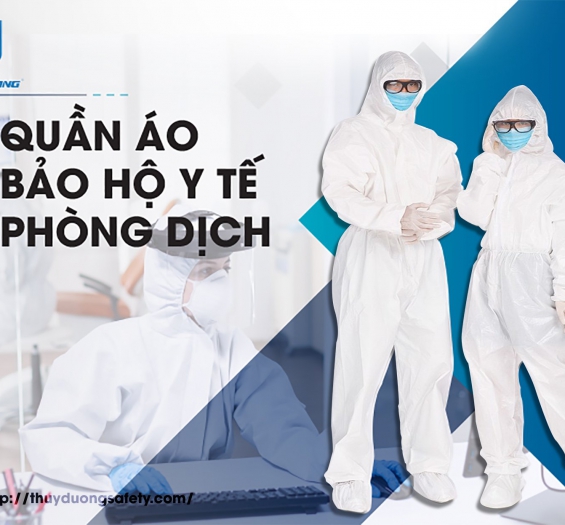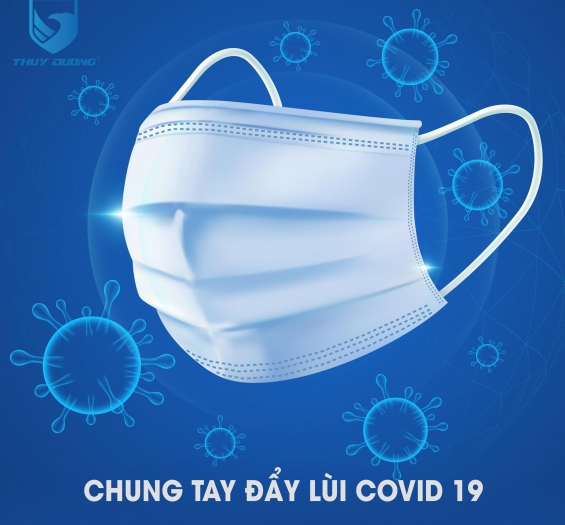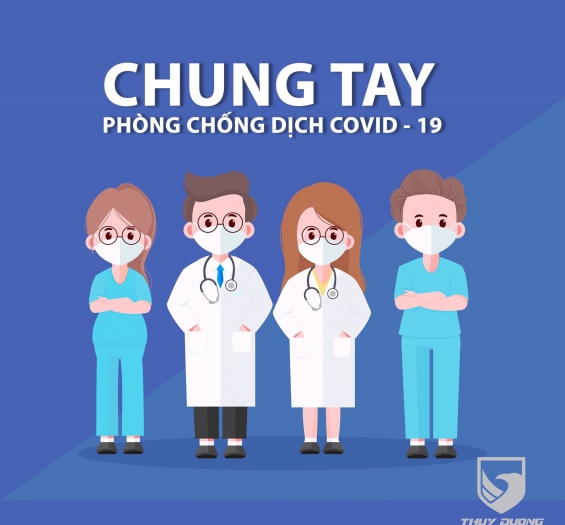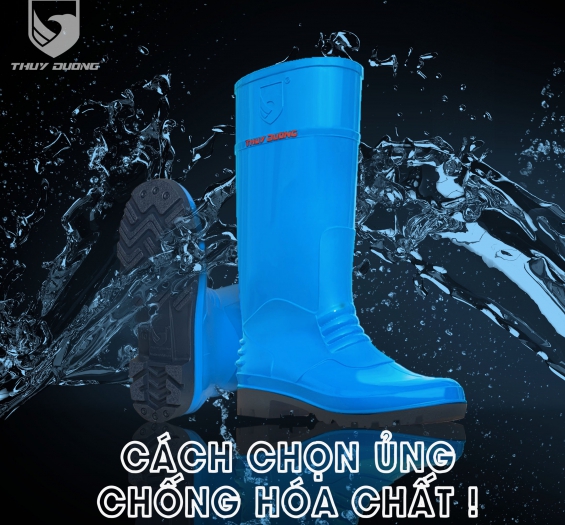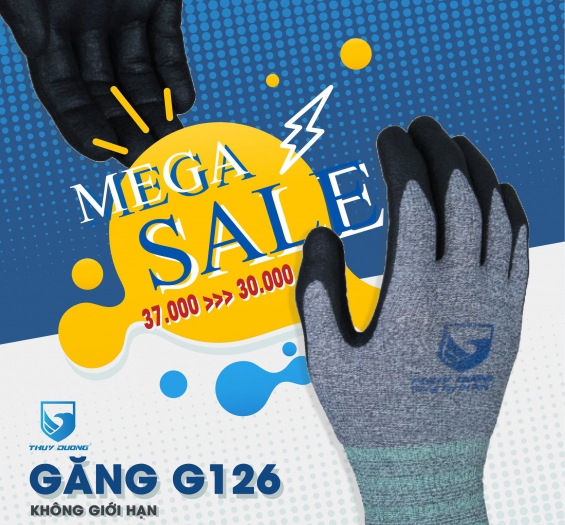Medical protective clothing to prevent epidemics is the main and most widely used product in the medical industry to serve medical staff performing health care. However, currently, this product is not only used by doctors, but can also be owned by nurses, pharmacists, nurses or ordinary people.
This is one of the products with very good anti-static properties. When worn, users can eliminate the effects of electrostatic particles causing electronic devices. In particular, medical clothing is also an effective anti-epidemic product, helping to prevent the entry of epidemics and saliva containing viruses into the respiratory system thanks to a special discreet design that helps protect the entire body. optimal body.
Most medical protective clothing sets are designed to include: One-piece protective clothing, shoe covers, hair covers, medical masks, medical gloves, and epidemic prevention goggles.
Normally, medical protective clothing is often made from non-woven fabric. This type of fabric is very effective against dust and water, and some sets are also resistant to chemicals, pharmaceuticals, and acids.
American Ion fabric: This fabric has very strong sewing threads, good moisture absorption and color durability, and is often chosen to make blouses.
Korean Pangrim fabric: This fabric has high hygroscopic properties, absorbs sweat well, is cool and breathable. In particular, Pangrim fabric does not fluff, does not unravel or attract dust but is very soft.
Khaki elastic fabric: This fabric has a moderate thickness, is very colorfast and especially does not wrinkle. It is often used to make protective clothing for nurses, doctors, pharmacists and even patient uniforms. .
Kate Ford fabric: This fabric is soft, quite flat, and airy because it is 100% cotton and is often used to make uniforms for patients.
 thuyduongsafety.com
thuyduongsafety.com


